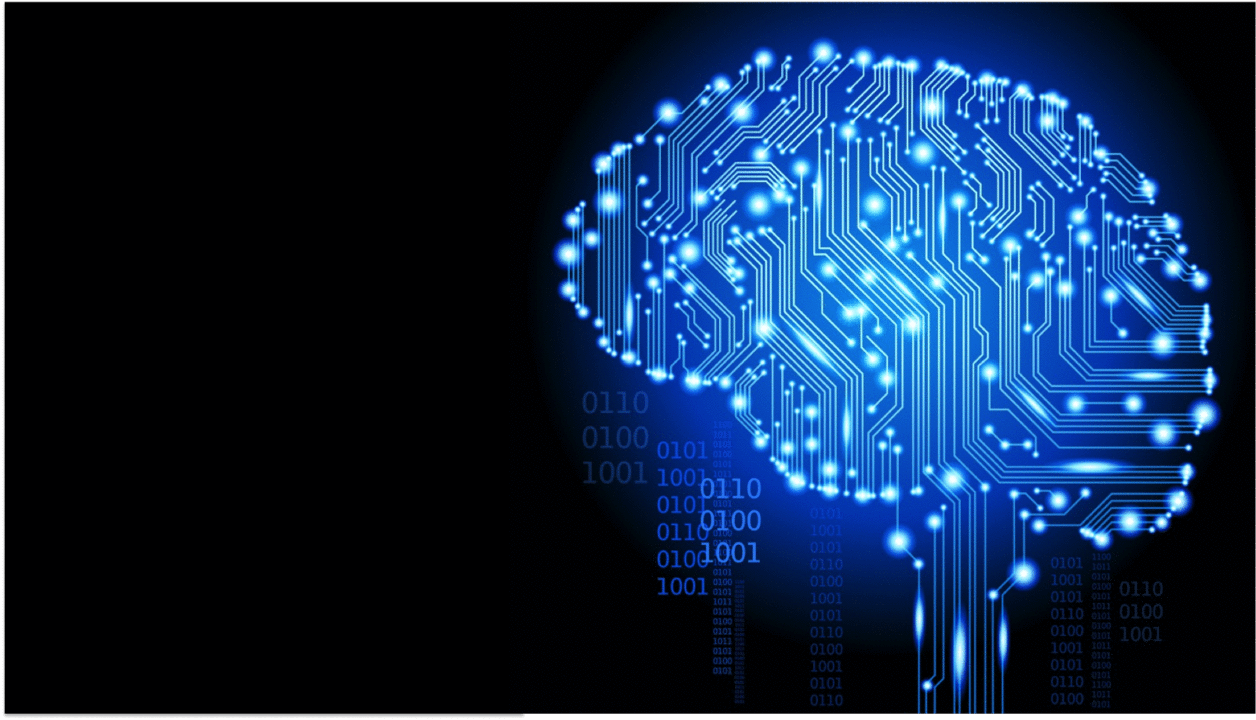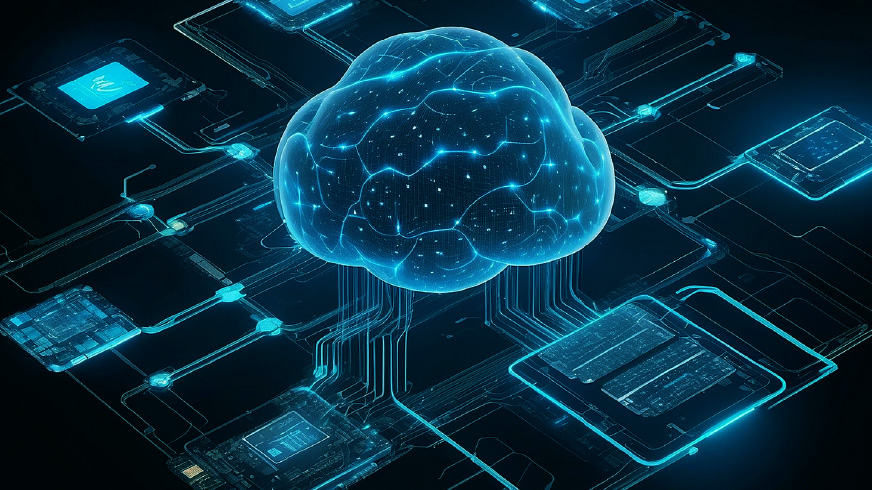Deep learning continues to advance, providing transformative solutions across multiple domains. Here’s an in-depth exploration of additional applications and trends shaping the future of deep learning.
Deep Learning in Agriculture and Food Production
- Precision Agriculture:
- Crop Monitoring: AI models analyze images from drones and satellites to monitor crop health, detect diseases, and estimate yields. This enables farmers to take timely actions and optimize crop management.
- Soil Analysis: Deep learning assists in analyzing soil quality by interpreting data from sensors and satellite imagery. This helps in making informed decisions about fertilization and irrigation.
- Food Safety and Quality Control:
- Contaminant Detection: AI models detect contaminants in food products by analyzing images and sensor data. This ensures food safety and compliance with regulatory standards.
- Quality Assurance: Deep learning enhances quality control by identifying defects and inconsistencies in food production processes. This improves product quality and reduces waste.
Deep Learning in Robotics and Automation
- Advanced Robotics:
- Dexterous Manipulation: AI models enable robots to perform complex tasks such as assembling intricate objects, handling delicate materials, and performing precision operations. This includes applications in manufacturing and healthcare.
- Human-Robot Interaction: Deep learning enhances interactions between robots and humans by enabling natural language understanding, gesture recognition, and adaptive responses. This improves collaboration in various settings, including homes and workplaces.
- Autonomous Vehicles:
- Navigation and Control: AI systems guide autonomous vehicles, such as self-driving cars and drones, by analyzing sensor data and making real-time decisions. This includes obstacle detection, path planning, and traffic management.
- Safety and Reliability: Deep learning improves the safety and reliability of autonomous vehicles by predicting potential hazards and adapting to dynamic driving conditions. This supports the development of safer transportation systems.
Deep Learning in Creative Industries
- Art and Design:
- Generative Art: AI models create original artworks by learning from existing art styles and techniques. This includes generating paintings, sculptures, and digital art that push the boundaries of creativity.
- Fashion Design: Deep learning assists in fashion design by analyzing trends, predicting styles, and generating new clothing designs. This supports designers in creating innovative and appealing collections.
- Music Composition:
- AI-Generated Music: Deep learning models compose original music by learning from various genres and styles. This includes generating melodies, harmonies, and rhythms that cater to different tastes and preferences.
- Music Recommendation: AI systems provide personalized music recommendations by analyzing listening habits and user preferences. This enhances the music discovery experience and promotes artists.
Deep Learning in Environmental Science
- Climate Modeling and Prediction:
- Weather Forecasting: AI models enhance weather forecasting by analyzing data from satellites, sensors, and historical records. This provides more accurate and timely predictions of weather patterns and extreme events.
- Climate Change Impact: Deep learning analyzes data to assess the impact of climate change on ecosystems, weather patterns, and sea levels. This supports efforts to mitigate and adapt to climate change.
- Conservation Efforts:
- Wildlife Tracking: AI models track and monitor wildlife populations by analyzing data from cameras, sensors, and GPS devices. This supports conservation efforts and helps protect endangered species.
- Habitat Monitoring: Deep learning analyzes environmental data to monitor and manage natural habitats. This includes detecting changes in land use, vegetation, and pollution levels.
Deep Learning in Security and Defense
- Threat Detection:
- Cybersecurity: AI models detect and respond to cybersecurity threats by analyzing network traffic, identifying anomalies, and predicting potential attacks. This enhances the protection of digital assets and information.
- Surveillance and Reconnaissance: Deep learning improves surveillance and reconnaissance by analyzing video footage, detecting suspicious activities, and identifying potential threats. This supports security and defense operations.
- Military Applications:
- Autonomous Systems: AI models control autonomous systems, such as drones and robots, for reconnaissance, surveillance, and tactical operations. This enhances military capabilities and operational efficiency.
- Strategic Analysis: Deep learning supports strategic analysis by analyzing data from various sources, including satellite imagery and intelligence reports. This aids in decision-making and planning.
Deep Learning in Social Impact and Humanitarian Efforts
- Disaster Response:
- Damage Assessment: AI models analyze images and data from disaster areas to assess damage and identify affected regions. This supports emergency response efforts and resource allocation.
- Search and Rescue: Deep learning enhances search and rescue operations by analyzing data from drones, sensors, and social media. This helps locate and assist individuals in need during emergencies.
- Healthcare Access:
- Telemedicine: AI-powered telemedicine platforms provide remote medical consultations and diagnostic support. This improves access to healthcare services, especially in underserved regions.
- Health Education: Deep learning supports health education by analyzing and delivering personalized health information and recommendations. This empowers individuals to make informed health decisions.
Deep Learning in Space Exploration and Astronomy
- Space Mission Planning:
- Trajectory Optimization: AI models optimize spacecraft trajectories and mission planning by analyzing data on celestial bodies and mission parameters. This enhances the efficiency and success of space missions.
- Resource Utilization: Deep learning supports the identification and utilization of resources on celestial bodies, such as mining asteroids or harvesting solar energy. This supports sustainable space exploration.
- Astronomical Research:
- Exoplanet Discovery: AI models analyze data from telescopes to detect and characterize exoplanets. This includes identifying potential habitable planets and studying their properties.
- Galaxy Formation: Deep learning enhances the study of galaxy formation and evolution by analyzing large datasets from astronomical surveys. This provides insights into the structure and behavior of the universe.
Future Directions in Deep Learning
- Human-AI Collaboration:
- Augmented Intelligence: Future AI systems will increasingly collaborate with humans to enhance decision-making and problem-solving. This includes integrating AI into workflows and supporting human creativity and intuition.
- Ethical AI Development: Research focuses on developing AI systems that align with ethical principles, including fairness, transparency, and accountability. This ensures responsible and beneficial use of AI technologies.
- AI in Emerging Technologies:
- Edge Computing: Deep learning models are being deployed on edge devices, such as smartphones and IoT sensors, to enable real-time processing and decision-making. This supports applications in various fields, including healthcare and manufacturing.
- 5G and Beyond: AI will play a crucial role in optimizing and managing 5G networks and future communication technologies. This includes enhancing network efficiency, reducing latency, and supporting new applications.
- AI for Personal Well-being:
- Mental Health Support: Deep learning models provide mental health support by analyzing user data and offering personalized interventions. This includes virtual therapy, mood tracking, and stress management.
- Lifestyle Optimization: AI systems support lifestyle optimization by analyzing data on health, fitness, and habits. This includes providing personalized recommendations for improving overall well-being.
Conclusion
Deep learning is driving transformative changes across various domains, from healthcare and agriculture to security and space exploration. As technology advances, deep learning will continue to unlock new possibilities and address complex challenges.
Staying informed about emerging trends, addressing ethical considerations, and fostering innovation will be essential for harnessing the full potential of deep learning and ensuring its positive impact on society.



